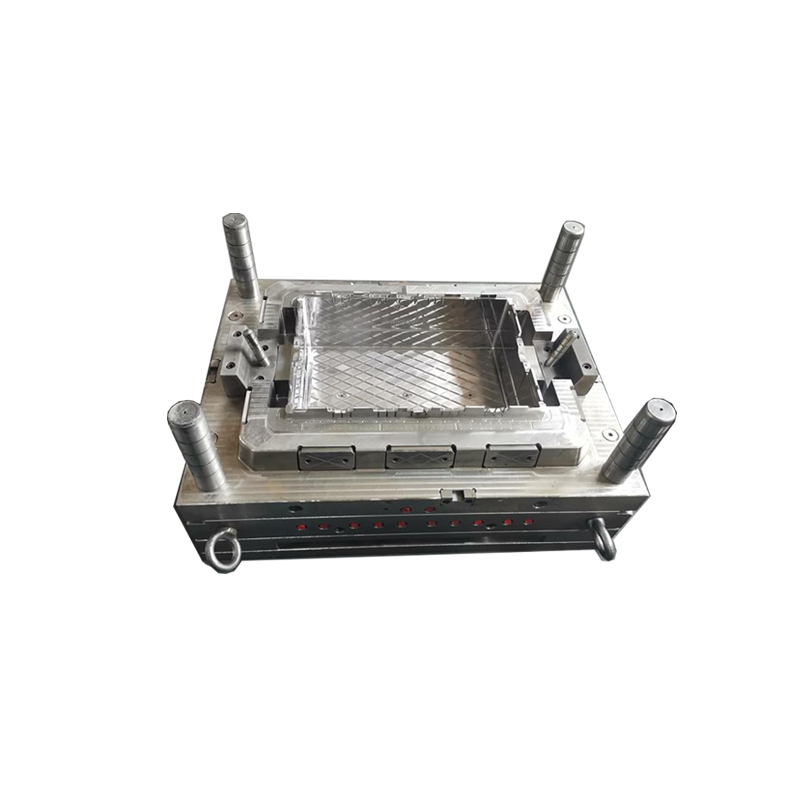If you are looking to purchase a Plastic crate mould, you are probably wondering: what is it and how does it work? Regardless of your industry, there are several factors to consider when purchasing a mould. Here's a quick overview of the process. To ensure that your product meets your exact specifications, you'll want to choose a mould that has ribs. This will help keep the plastic from warping.
A plastic crate mould is made from low-density polyethylene (LDPE) and a cylinder-action mechanism with a stripper plate linked to the bottom. When used, plastic crates are used to store a wide range of items, from hardware to machinery parts and chemical objects. They are also thick in wall thickness and require stringent strength testing. Some plastic crates also have flame-retardant and anti-alkali requirements, which are based on the raw material.
When choosing a plastic crate mould, the design is essential. You'll need a machine with high-speed injection capabilities and a mechanical system for ejection action. In some cases, you'll want a mould with two hydraulic acting systems. The machining of your mould is also very important, since high-speed running depends on the accuracy of its guided movement parts. There are two types of plastic crates moulds: single-use and durable.
A plastic crate mould is a special type of plastic injection molding machine that creates a product that is tough enough to stand up to tough loads. The raw material for a plastic crate mould is HDPE, which is known for its durability, high-temperature resistance, and anti-aging properties. The crate mould is available in different shapes and sizes. Once you've found the perfect one, the next step is to make it look attractive by incorporating logos or your company's name.
The second type of plastic crate mould is known as structural foam injection moulding. This type of plastic injection mould is used to create plastic crates that can be used to carry covered food items. It is also used to make turnover boxes with a foldable lid. Other types of plastic crates include fruit and vegetable crates, milk crates, and milk bottles. The possibilities are almost endless. So, what is plastic crate mould?
Injection moulding is the most common method of making plastic crates. This process involves forcing a hot plastic resin mixture into a mould and rotating it. The resulting product is rigid and incredibly strong. Because of these features, the resulting plastic crate is extremely strong and lightweight. Injection moulding also allows the plastic to withstand low temperatures. So, if you are looking for a plastic crate mould, there's no need to worry!
The grocery industry uses plastic crates. These crates allow customers to carry their groceries and other items easily. They are a great way to make transporting bulky goods easier. In addition to being lightweight and durable, plastic crates are easy to clean and disinfect. That means that they are perfect for a variety of applications. These moulds are also great for food packaging, because they're not susceptible to damage caused by water or fungus.
 Hot sale plastic vegetable crate mould
Hot sale plastic vegetable crate mould
Plastic Crate Mould - heavy duty agriculture vegetable and fruits stackable turnover box
1. Crate size is L600*W410*H330mm
2. Crate material: HDPE
3. Mould cavity number: 1 cavity
4. Runner system: Hot runner or cold runner
5. Suitable injection machine size: 650 tons
6. Mould lead time: 40 - 60 days
-
|
Mould material
|
45# 50# 718 2738 P20 H13 S136 etc
|
|
Cavity Number:
|
As per customer
|
|
Runner System:
|
Hot runner / Cold runner
|
|
Hot runner Brand:
|
Local brand or YUDO
|
|
Mould Design:
|
3D Model/2D drawing
|
|
Design Time:
|
Within 1 week
|
|
Mold Life:
|
0.5 to 1 million shots guarantee, depends on your needs
|
|
Delivery Time:
|
30 to 70 days as per design
|

 English
English Español
Español

pmj02.png)




